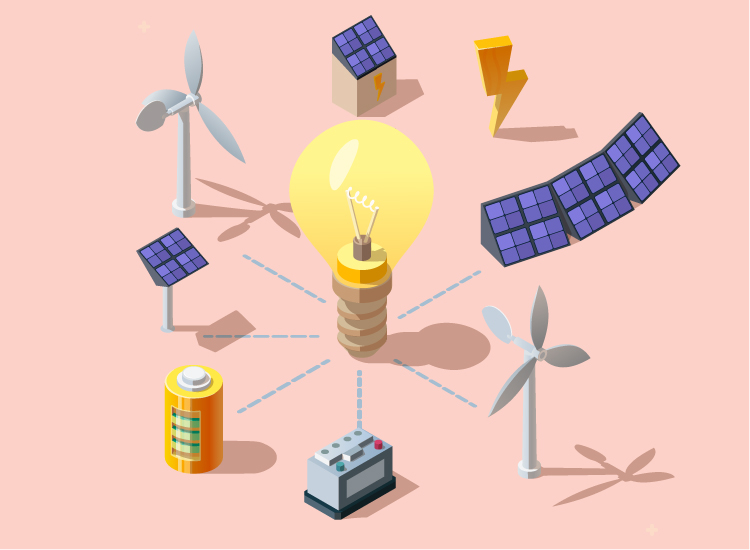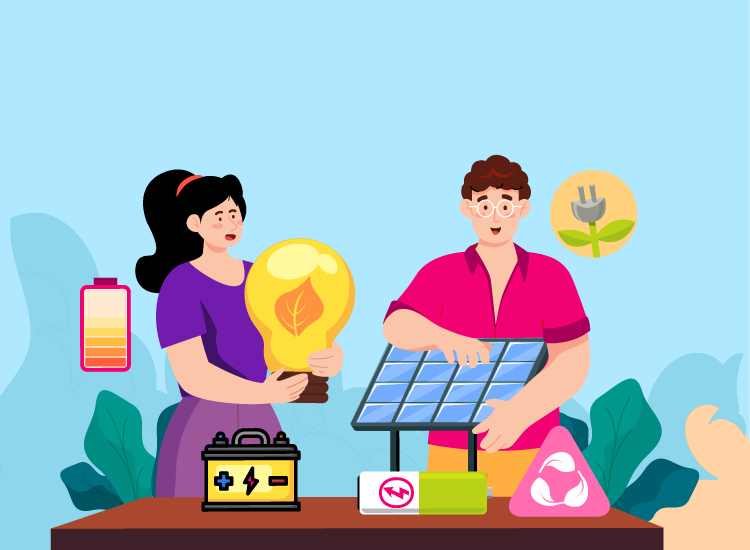How Does Solar Energy Function?

Fundamentals of Photovoltaics
Looking Back at Solar
Humans used solar energy as early as the seventh century B.C. They used sunlight to light fires by reflecting the sun’s rays onto shiny objects. Later, in the third century B.C., the Greeks and Romans used mirrors to harness solar power to light torches for religious ceremonies.
A 19-year-old French physicist, Edmond Becquerel, discovered the photovoltaic (P.V.). He was actively working on it while experimenting with a cell made of metal electrodes in a conducting solution in 1839. He noticed that when the cell was exposed to light, it produced more electricity. Later, it became a photovoltaic cell.
Daryl Chapin, Calvin Fuller, and Gerald Pearson created the silicon P.V. cell at Bell Labs in 1954, the first solar cell capable of absorbing and converting enough of the sun’s energy to power standard electrical equipment.
And now, to everyone’s surprise, satellites, and spacecraft are powered by solar energy!
Enough about Solar! What Exactly are Solar Farms?
Is Solar Truly a Green Energy Source?








